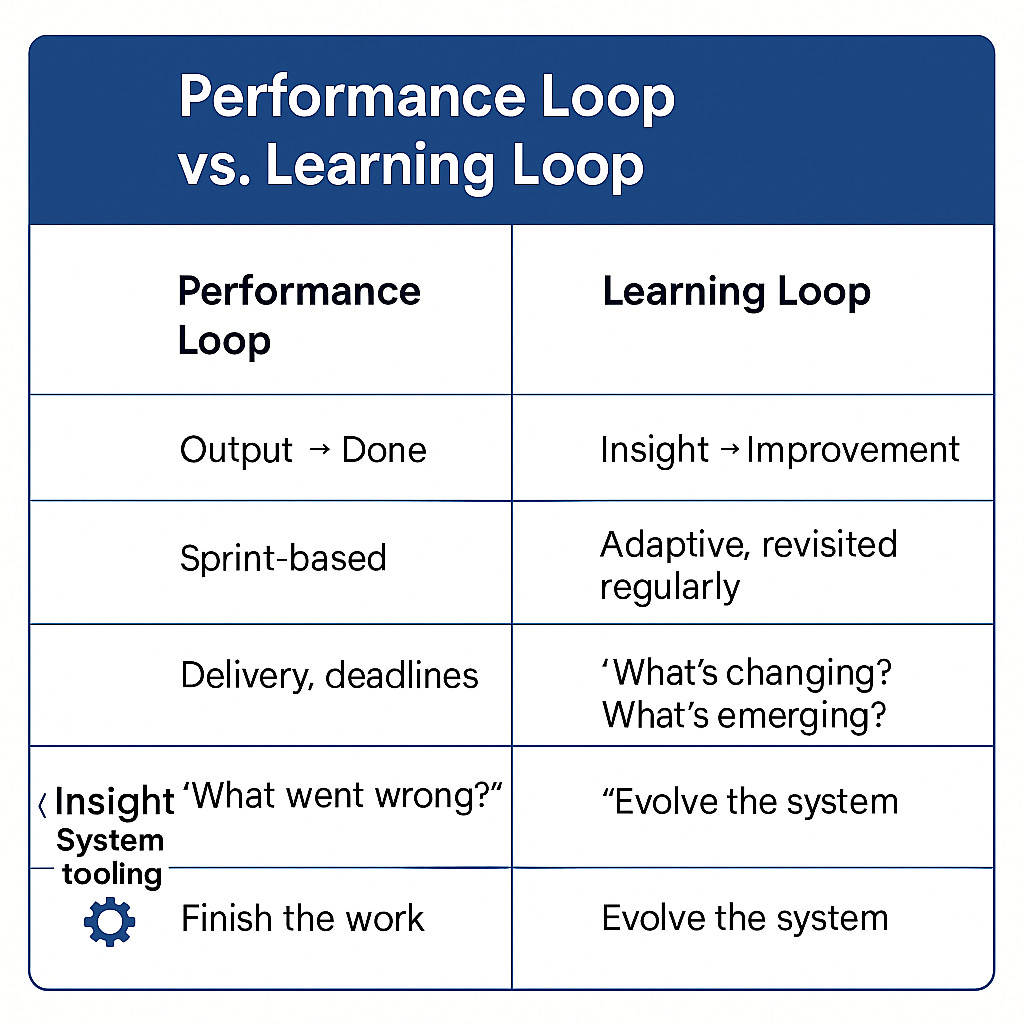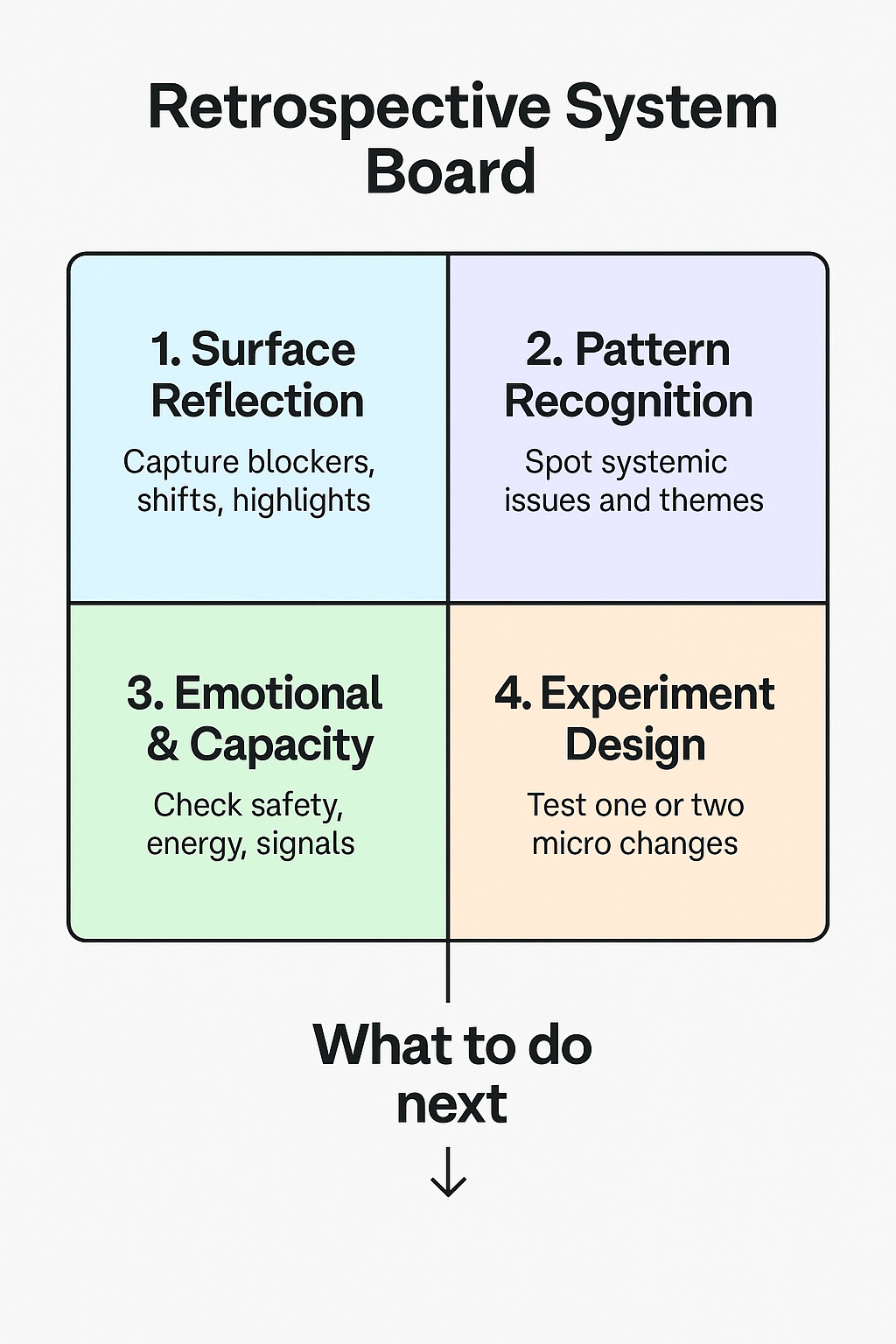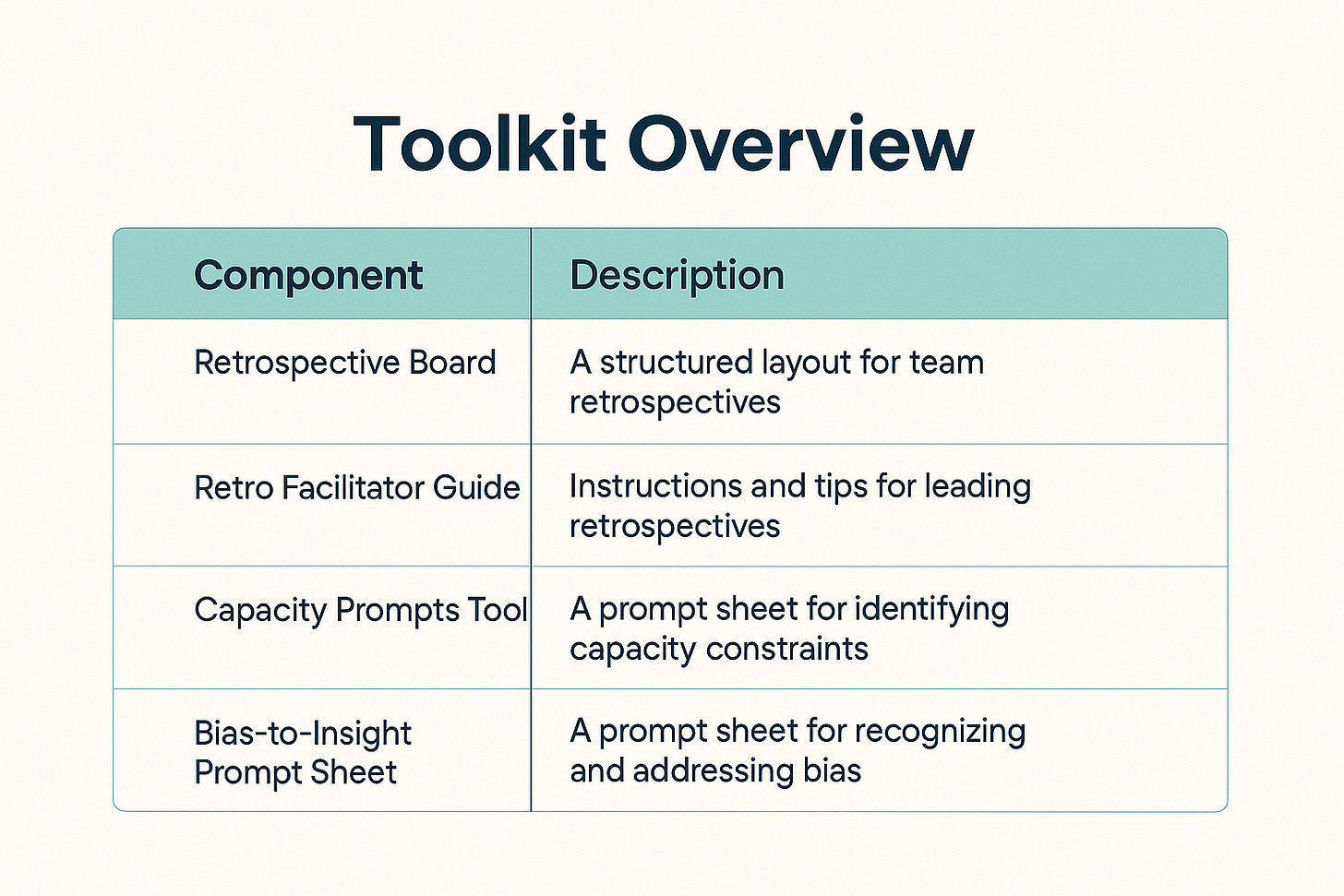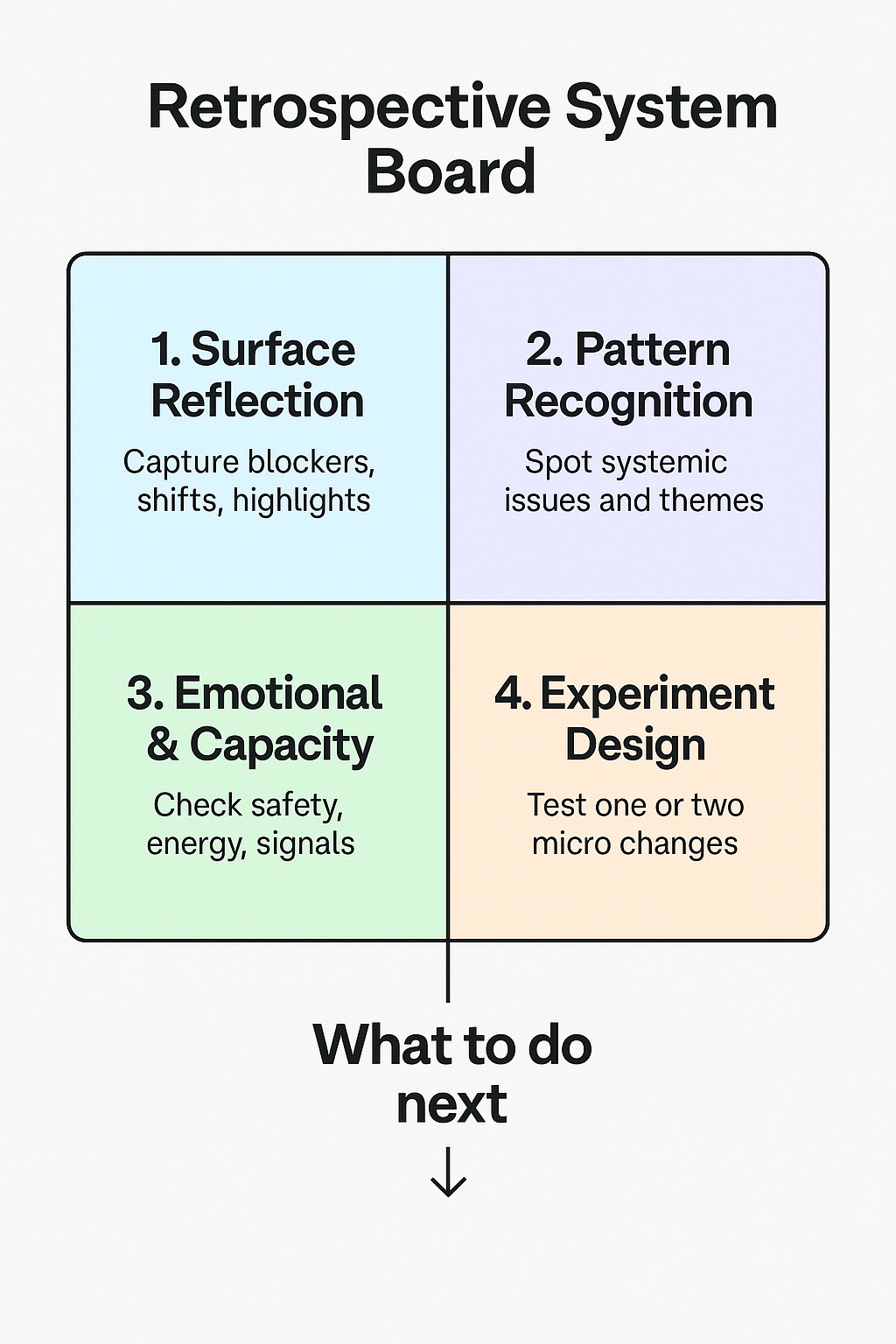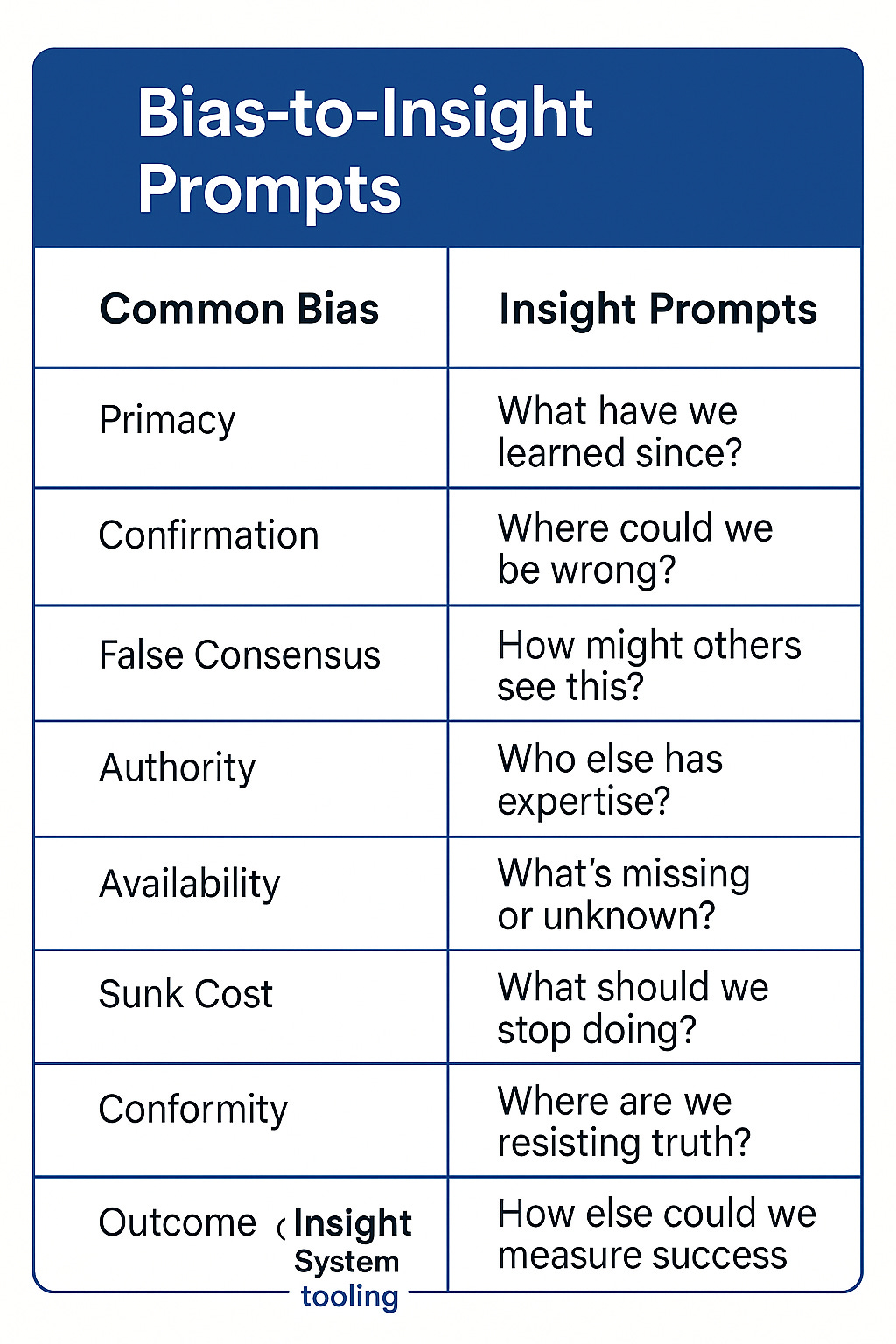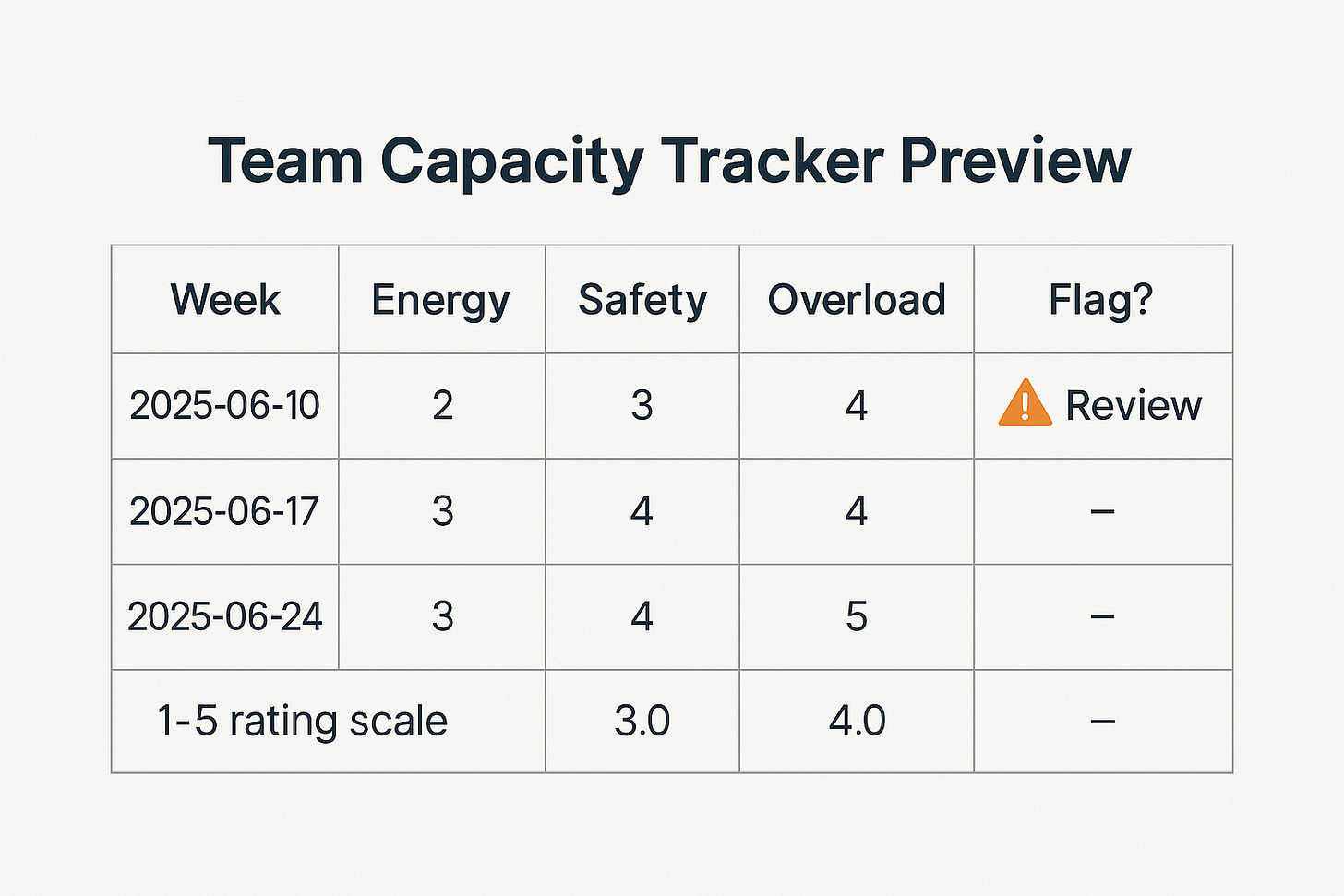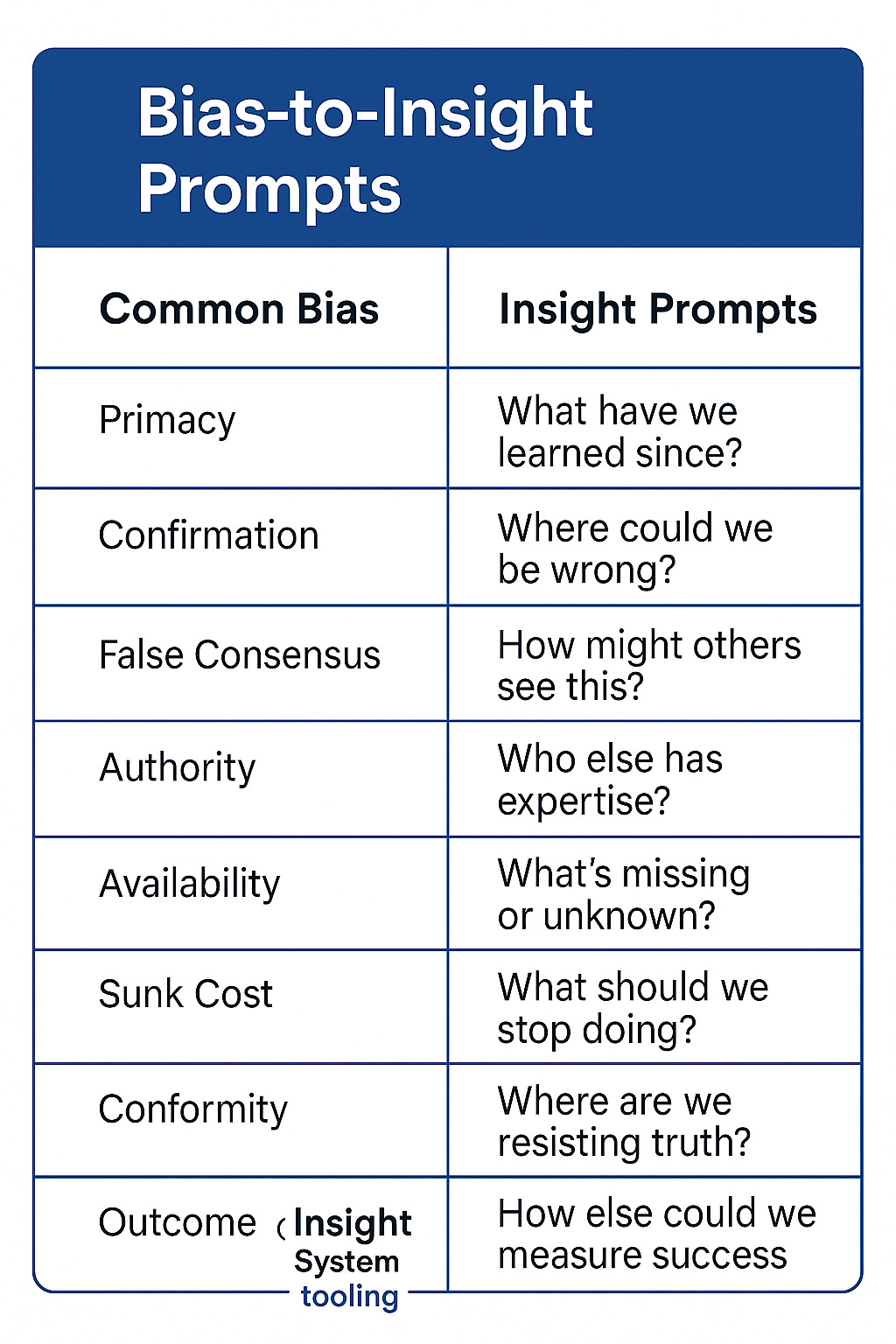Why Your Team Isn’t Learning Fast Enough
(And What To Do About It)
You can deliver fast. But can you learn fast enough to keep delivering the right things?
Most teams confuse movement with momentum — speed with sense-making. They're caught in a performance loop: doing more of what they know, without evolving what they should know. It looks efficient. But it’s quietly stalling your agility.
The Trap of Performance Without Learning
Retros that hit the calendar like clockwork. Everyone turns up. Someone raises a blocker. A few polite nods, maybe even a sticky note or two. And then? Back to business as usual.
What these teams are missing isn’t motivation — it’s a learning loop.
Performance Loop vs. Learning Loop
Performance vs. Learning Loop Explained:
Most Agile teams operate inside a Performance Loop — focused on getting work done, meeting deadlines, and hitting sprint targets. But true agility requires a Learning Loop: a system that turns delivery into insight, and insight into change. While the Performance Loop asks “What did we complete?”, the Learning Loop asks “What did we learn, and how do we grow from it?” The difference is critical. Teams stuck in performance mode may look efficient on the surface, but they often repeat the same blockers, miss hidden patterns, and stall in their evolution. The Learning Loop closes that gap — and that’s where the real momentum begins.
Introducing the Retrospective System Board
The Retrospective System Board gives your team a layered, repeatable process that turns insight into action — and performance into learning.
Each layer feeds the next. The result? A system that helps teams grow faster than their challenges.
Retrospective System Board Explained:
Most retrospectives skim the surface — teams reflect on what happened, log some action items, and move on. The Retrospective System Board breaks this cycle by guiding teams through four critical layers of insight. It starts with Surface Reflection, capturing blockers, events, and wins. From there, it moves to Pattern Recognition, helping teams spot recurring issues and hidden assumptions. The third layer, Emotional & Capacity, surfaces how the team is feeling — energy, overload, safety — and tracks this over time. Finally, Experiment Design turns all of that into small, safe-to-fail changes for the next sprint. Each quadrant feeds the next, transforming your retro from a ritual into a repeatable system for continuous improvement.
Mini Case: The Team That Delivered The Same Problem
On paper, they were a dream team — consistent velocity, zero missed sprint goals, clean burndowns. Leadership loved them. Delivery looked healthy. But something felt off. Their retrospectives were short, surface-level, and uncomfortably quiet. Feedback was polite. Action items recycled themselves every few sprints. No one raised deeper concerns — not because they didn’t exist, but because it had stopped feeling useful to voice them.
When we introduced the Retrospective System Board, the first quadrant (“Surface Reflection”) surfaced the usual suspects: vague requirements, tech debt, slow code reviews. But as we moved into Pattern Recognition, something shifted. Those same blockers had shown up in the last 6 retros. No one had connected the dots.
The emotional layer revealed even more: frustration masked by professionalism, burnout hidden behind humour, and a creeping sense that “we’re busy, but not better.”
Once we reached the Experiment Design quadrant, they realised they didn’t need another Jira ticket — they needed to challenge an outdated decision gate, and trial a weekly cross-role pairing session. One safe-to-fail experiment. It shifted the energy. It gave permission to learn again.
They weren’t failing.
But they weren’t learning.
Until they had a system that made it safe — and expected — to reflect differently.
What’s Inside the Full Retrospective Toolkit?
Premium subscribers get more than a download. You get a full retrospective rebuild system — one that turns every reflection into forward motion.
• Retrospective System Board – visual framework
• Capacity Prompts Tool – energy, safety, sustainability
• Capacity Tracker Scoring Sheet – weekly trends
• Bias-to-Insight Reference Sheet – unlock hidden blockers
Why This System Works
Instead of ending every sprint with vague commitments or 'carry-overs,' you’ll now leave with:
• 1–2 named patterns
• A capacity check-in result
• A micro-experiment owned by the team
• A shared signal to revisit next sprint
Before You Go: Reflect on This
“When was the last time we genuinely changed how we work — not just what we delivered?”
If the answer is unclear, it’s time to shift. This toolkit doesn’t give you answers — it gives you a system to find better ones.
Unlock Full Toolkit → Premium Subscribers Only
Keep reading with a 7-day free trial
Subscribe to Beyond Agile: Mindset, Metrics & the System Beneath Success to keep reading this post and get 7 days of free access to the full post archives.



